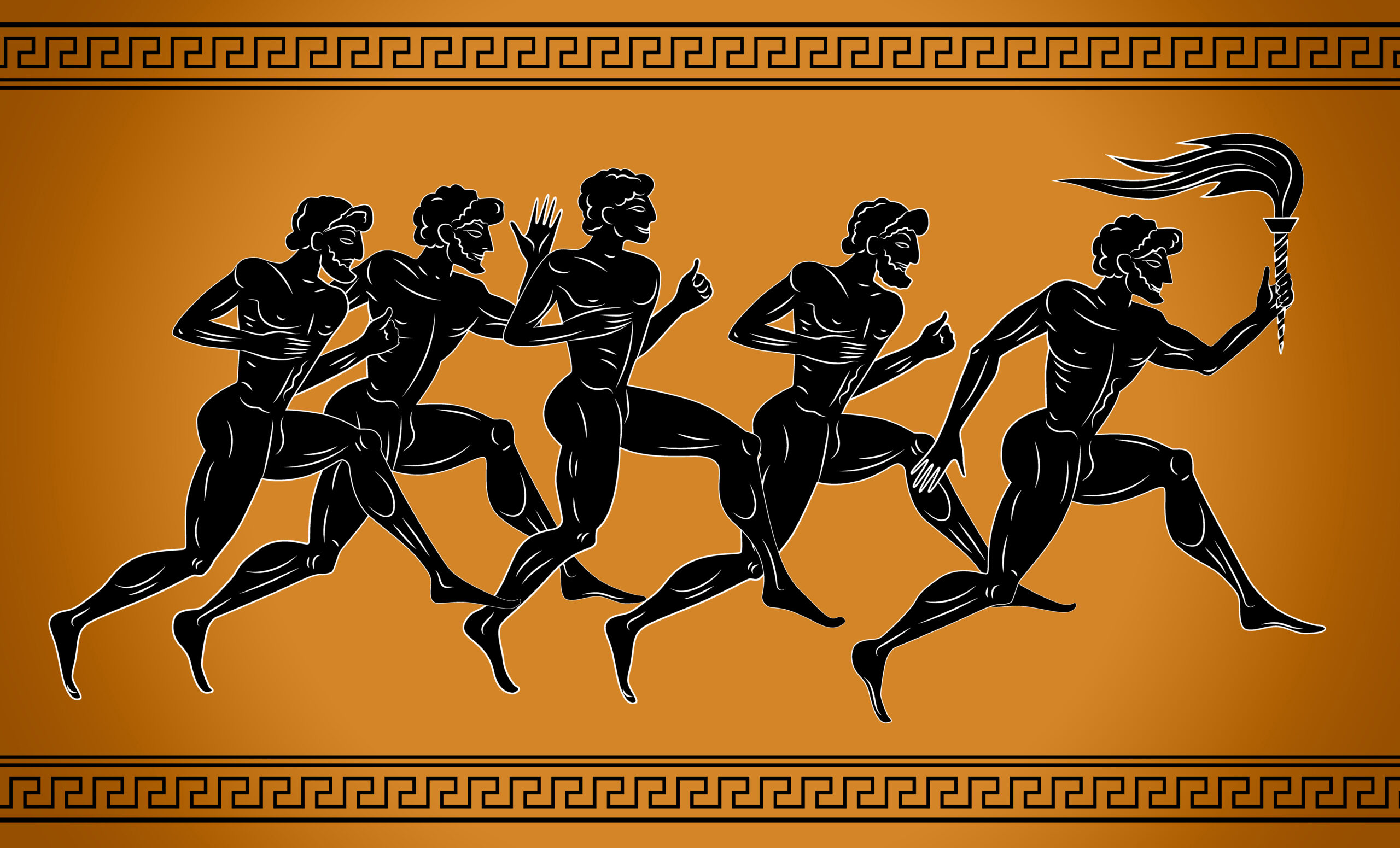26.2 Curious Facts about Marathons to Fill your Need for Wonder
The marathon is a test of endurance, spirit, and willpower. It covers 26.2 miles (or 42.195 kilometers), which has become the ultimate challenge for long-distance runners. In the world of running, marathons hold a special place in many runners’ and non-runners’ hearts.
Written & edited by Pavlína Marek
However, these races are more than just physical challenges; they tell stories of personal victories and community support, inspiring people worldwide. From legendary beginnings in ancient Greece to incredible accomplishments today, marathons capture the hearts of both runners and spectators.
Let’s explore and answer 26.2 questions, covering everything from the basics to interesting and unbelievable facts and stories that shape its legacy. Get ready to discover the history, records, and extraordinary achievements that embody the spirit of running a marathon.

Basic Marathon Facts
A marathon is a long-distance running event with an official distance of 26.2 miles or 42.195 kilometers. This challenging race attracts runners from all over the world, each aiming to push their limits and conquer both the distance and their personal limits.
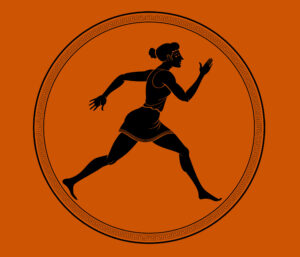
1. Where & When did the Marathon Originate?
The story of how marathons came to be dates back to ancient Greece. According to legend, the word ‘marathon’ comes from an incredible act performed by Pheidippides, a Greek soldier. After the Battle of Marathon in 490 BC, Pheidippides ran from the battlefield to Athens to deliver news of victory against the Persians, a distance of roughly 25 miles. Unfortunately, after delivering his message, “We have won,” Pheidippides collapsed and died, forever marking his journey in history and inspiring one of the most respected races in athletics.
2. How Did the Modern Marathon Come to Be?
Fast forward to 1896 when the modern Olympic Games were revived in Athens, Greece. Drawing inspiration from the ancient tale of bravery and endurance, organizers decided to include the marathon as a tribute to Pheidippides’ legendary run. This marked the beginning of its evolution from a mythical story into a competitive sport.
3. How Many People Ran the First Olympic Marathon?
The Olympic marathon in 1896 featured just 17 competitors who lined up at the starting line in Marathon, Greece. The race drew participants primarily from Greece, with a few international athletes joining the historic event. Of the 17 starters, only 9 managed to complete the challenging course to Athens, battling intense heat and unpaved roads. The winner was Spyridon Louis, a Greek water carrier, who finished in 2:58:50, becoming a national hero overnight.
Understanding the Marathon Distance
The marathon is a race that covers a distance of 26.2 miles or 42.195 kilometers. This measurement became official after the London Olympics in 1908.
4. Why is the Marathon Such an Awkward Distance?
The reason behind this specific distance can be traced back to an interesting event during the 1908 London Olympics. The course was extended so that it could start at Windsor Castle and end in front of the Royal Box at the Olympic Stadium. This decision was influenced by royal protocol.
5. What was the Shortest-Ever Marathon?
The shortest Olympic marathon ever run was in 1912 in Stockholm, measuring only 40.2 kilometers instead of the standard 42.195 kilometers due to a measurement error.
6. Is the Marathon The Longest Foot Race?
Simply said, no. While marathons are significant challenges, they are not the longest foot races in the world. That title goes to the Sri Chinmoy Self-Transcendence Ultramarathon in New York City, where participants run an incredible 3,100 miles by looping around a single block! This event showcases human endurance beyond imagination.
7. Did Pheidippides Really Die After Running Just 26 Miles?
People nowadays don’t generally lose their lives after running this distance. Looking back at ancient history, we find Pheidippides—the legendary Greek messenger who inspired this grand race—didn’t limit his journey to just 26 miles between Marathon and Athens. In fact, he ran approximately 300 miles, going between Athens and Sparta for assistance before that. He achieved this remarkable feat within three days, unknowingly completing what we now refer to as the first ultramarathon.
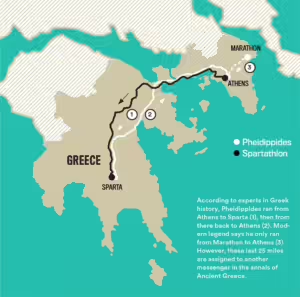
A map of Greece with the 300-mile route Pheidippides took between Sparta, Athens, and Marathon. Generic Royalty Free Stock
Major Milestones in Modern Marathon Running History
The history of marathon running is filled with stories of victory and endurance, each significant moment a testament to human determination. Here are some key events that have shaped the sport:
8. When Was the Marathon Introduced at the Modern Olympics? (1896)
The marathon made its debut as an Olympic event during the first modern Olympics held in Athens. This introduction not only honored the ancient Greek hero Pheidippides but also ignited a worldwide interest in road running that persists today.
9. When Was the Boston Marathon Established? (1897)
Established just a year later, the Boston Marathon quickly became one of the oldest and most prestigious marathons globally. It’s the world’s oldest annual marathon.
With its deep connection to competition and community spirit, it has evolved into more than just a race—it’s a cherished tradition attracting thousands of runners from all corners of the world, each striving to conquer its demanding course and secure their place in history.
10. What’s the Oldest (Modern) Marathon in Europe? (Košice Peace Marathon)
First run in 1924, the Košice Peace Marathon holds the title for being the oldest marathon in Europe. The marathon was started by journalist Vojtech Braun Bukovský after the 1924 Summer Olympics in Paris. The first running of the race took place on October 28, 1924, on the anniversary of founding of Czechoslovakia. After only eight runners ran the first race, it grew quickly, getting its first international participants from Germany the following year. The Košice Peace Marathon has been run consecutively ever since and attracts about 10,000 participants every year.
These events have shaped distance running into what we know today: an arena where legends are born and dreams pursued with every stride. As you lace up your shoes or cheer from afar, remember these milestones that paved paths of opportunity for countless aspiring runners across generations.
Record-Breaking Achievements in Marathon Running
In the world of marathon running, athletes with incredible determination and perseverance have broken records. These remarkable accomplishments, including the current world records for men and women, are a testament to human endurance and speed.
11. Who Holds the Men’s World Record? (Eliud Kipchoge, Kelvin Kiptum)
On September 16, 2018, in Berlin, Eliud Kipchoge made history by setting the marathon world record at an incredible time of 2:01:39. Six years later, on the same course, he bested his own time by 30 seconds, setting the record of 2:01:09.
This achievement was further elevated on October 12, 2019, when he became the first person to run a marathon in under two hours, completing it in 1:59:40 during the INEOS 1:59 Challenge in Vienna. Although this event didn’t meet all the requirements for an official world record attempt, it still showcased the potential of human achievement.
Speaking of official world records, the fastest marathon that was run on an official course belongs to Kelvin Kiptum. After Kipchoge’s triumph at the 2022 Berlin Marathon, he ran the 2023 Chicago Marathon in the incredible time of 2:00:35, setting the new world record. Kiptum was looking to break the two-hour barrier. Unfortunately, he died in an accident in February 2024, leaving the world before he could achieve that dream.
12. Who Holds the Women’s World Record? (Ruth Chepngetich)
These extraordinary accomplishments are etched into marathon history as symbols of unmatched determination and athletic skill. Each story serves as both motivation and a reminder that boundaries exist to be challenged—whether in urban environments or during Olympic competitions.
13. Who’s That Czech Marathoner People Talk About? (Emil Zátopek)
Shifting our focus from contemporary wonders to legendary tales, we encounter the unwavering spirit of Czech runner Emil Zátopek. Fondly known as the “Czech Locomotive,” Zátopek’s story is one for the ages:
At the 1952 Summer Olympics in Helsinki, this spirited athlete embarked on an ambitious venture. Not content with winning gold in both the 5,000 meters and 10,000 meters, he boldly decided at the last minute to participate in his very first marathon. Against all odds and without prior experience in such long-distance events, Zátopek crossed the finish line victorious, adding a third gold medal to his collection.
In Czechia, there’s a story about a German Shepherd who once joined Zátopek on a run. The training run was so long and hard that the next day, the dog hid in its doghouse so that it wouldn’t have to run with Zátopek again.
14. Who’s the Oldest Person to Finish a Marathon?
Fauja Singh completed the Toronto Waterfront Marathon at age 100 in 2011, finishing in 8:11:06. Born in India in 1911, he started running at 89 and continued until retiring at 103. While his Guinness World Record remains unofficial due to lack of birth certificate documentation, his achievement stands as an inspiring example that age is no barrier to athletic pursuits.
15. What was the Slowest-Ever Marathon?
Speaking of legendary achievements, we can’t forget Shizo Kanakuri, who holds the record for the slowest marathon ever completed.
In 1912, during the Stockholm Olympics, Kanakuri started the marathon but, overcome by heat, stopped at a garden party for refreshments. Embarrassed by not finishing, he returned to Japan without notifying race officials.
In 1967, Swedish television tracked him down and invited him to complete his run. At 76, he crossed the finish line, technically completing the marathon in 54 years, 8 months, 6 days, 5 hours, 32 minutes and 20.3 seconds.
The Evolution of Women’s Participation in Marathons
The journey towards equality in marathons has been challenging and unpredictable. Not too long ago, it was uncommon to see a woman running alongside men in marathon events. However, change was on the way.
16. When Were Women Officially Allowed to Compete at the Marathon?
In 1972, a significant moment occurred when women were officially allowed to participate in the Boston Marathon. This decision was a major step forward in promoting gender equality in distance running. It wasn’t just about running; it was about breaking down barriers and moving towards new freedoms.
17. What did Kathrine Switzer Do?
Kathrine Switzer played a crucial role in this movement. In 1967, she became a symbol of women’s rights by bravely entering the Boston Marathon under the initials “K.V. Switzer.” Despite attempts by race officials to physically remove her from the course, she persevered and completed the race. Her fearless spirit sparked a movement, inspiring countless women to put on their running shoes and challenge societal expectations.
Today, women’s participation in marathons has become a powerful force, with countless female runners now making their mark at finish lines around the world. As history continues to unfold, their legacy serves as an inspiration for future generations.
18. Are There All-Women Marathons?
Yes! In 1973, the first all-women’s marathon was held in West Germany. In 1983, the inaugural Avon International Marathon in Sydney, Australia, became the first all-women’s marathon in the Southern Hemisphere, marking a significant milestone for women’s distance running in the region.
Exploring the Big Six Marathons Around the World
In the world of marathon running, there are six races that stand out as must-do experiences for many runners: the Big Six marathons. These prestigious races attract athletes from all over the world, each offering its own unique charm.
19. What Are the “Big Six” Marathons?
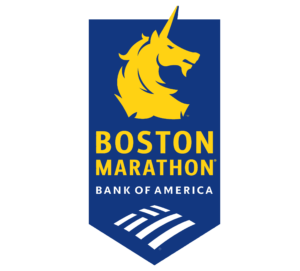
Boston
Established in 1897, it holds the title of the world’s oldest annual marathon. Known for its challenging course and enthusiastic spectators, Boston remains an unparalleled experience steeped in tradition.
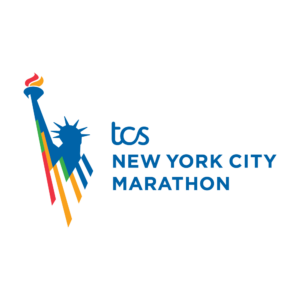
New York City
First run in 1970, this marathon weaves through all five boroughs of New York City. The sheer scale and diversity of participants make it a cultural spectacle as much as a sporting event.
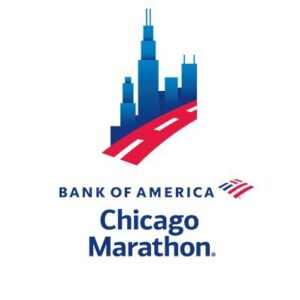
Chicago
Celebrated for its flat and fast course, Chicago often attracts those aiming to achieve personal bests. Its iconic skyline provides a stunning backdrop for runners and supporters alike.
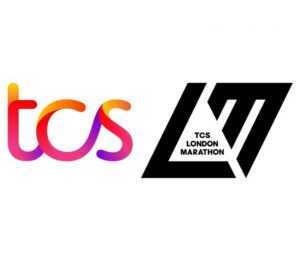
London
This race combines charity with sport like no other, drawing massive crowds and raising millions for good causes. Running along the River Thames and past historic landmarks creates an unforgettable journey.

Berlin
Famed for its speed, Berlin is where world records tend to be shattered. A flat course coupled with favorable weather conditions makes it ideal for those chasing record-breaking times.
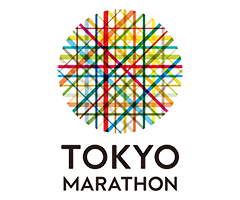
Tokyo
As the youngest member of the Big Six, Tokyo blends modernity with tradition. Navigating through one of Asia’s most vibrant cities offers a unique cultural experience.
Each of these marathons holds a special place in the heart of distance running, contributing richly to the story of human endurance and achievement.
Adventurous Challenges: Weird & Extreme Marathons You Never Knew Existed
When we think of marathons, we usually picture city streets filled with cheering crowds. But there’s another kind of marathon out there—one that’s more adventurous and takes place in breathtaking locations that are both awe-inspiring and challenging.
20. What Are Some Extreme Marathons?
Antarctic Ice Marathon
Imagine running in a vast white desert, with freezing winds biting at every exposed part of your body. That’s exactly what you’ll experience at the Antarctic Ice Marathon. Located near the South Pole, this marathon only welcomes the toughest runners who are willing to face temperatures well below freezing. It’s a true battle against nature, where finishing the race becomes an achievement in itself.
Everest Marathon
Way up high where the air is thin and the majestic peaks of the Himalayas stand tall, you’ll find the Tenzing Hillary Everest Marathon. This race, known as one of the highest marathons on Earth, starts at Everest Base Camp and winds its way down through Sherpa trails. Participants not only have to navigate rough terrain but also deal with altitude challenges that can humble even experienced runners.
21. What is the Marathon des Sables?
Among all extreme marathons, the Marathon des Sables holds a special place as a legendary challenge in the heart of the Sahara Desert. Spanning around 156 miles (250 kilometers) over six days, it’s not just a race—it’s an epic journey through some of our planet’s harshest landscapes.
Participants must carry their own supplies—food, clothing, and emergency gear—on their backs while enduring scorching heat during the day and bone-chilling temperatures at night. The course takes them through towering sand dunes and vast salt flats, with each step demanding unwavering determination and strength.
Runners face multiple challenges:
- Extreme Heat: Temperatures can soar above 120°F (49°C), pushing human endurance to its limits.
- Self-Sufficiency: Competitors rely on their own provisions for sustenance throughout the event.
- Rugged Terrain: From shifting sands to rocky outcrops, each segment tests physical fortitude and mental toughness.
The Marathon des Sables is often hailed as “the toughest footrace on Earth,” attracting adventurers from across the globe who revel in its reputation as much as they do in its grueling demands.
These extreme marathons are not just about distance or speed; they are journeys into realms where nature’s raw beauty and unforgiving challenges merge. For those who dare to run where few have trodden before, such races offer an unparalleled test of spirit and endurance—a testament to what it truly means to be human.
22. Who Are the Marathon Monks?
Did You Know About the Marathon Monks? The Marathon Monks of Mount Hiei in Japan complete an incredible 1,000-day challenge called the Kaihōgyō, which involves running/walking a marathon-length distance every day for seven years. They wear traditional white robes and straw sandals, and if they fail to complete the daily distance, tradition dictates they must take their own life.
23. Why Was the 1928 Amsterdam Olympics Marathon One-of-a-Kind?
It is said that in the 1928 Amsterdam Olympics, they experimented with having runners run clockwise instead of counterclockwise around the track for the marathon finish and that this was the only time this was ever done in Olympic history. However, this isn’t confirmed by the course map. However, the race was unique in another way, too; the set of rules for the marathon had an interesting point of “7. The competitor is not allowed to run in the Amstel for a bath.”
The Impactful Role of Charity Fundraising and Community Involvement in Marathons Around The World
Marathons are no longer just about running; they have become important events for charity fundraising initiatives. Many famous races include charitable causes, allowing participants to run not only for personal achievement but also for a meaningful purpose.
24. Do Marathons Help People?
Yes! Besides the positive mental impact on runners, marathons around the world take part in humanitarian projects. The London Marathon, for example, has raised over £1.3 billion for several charities since it started, showcasing this noble tradition. Similarly, the Boston Marathon follows this principle by collaborating with various charities, giving runners the opportunity to support causes that matter to them.
Unique Themes That Add Fun Factor To Races
25. Can I Run in Disney?
In the Disney Marathons, runners race through the enchanting landscapes of Walt Disney World, passing iconic landmarks like Cinderella’s Castle and encountering beloved characters along the way. The race course becomes a magical expedition, filled with opportunities for memorable photos with Mickey and friends, making every mile a cherished moment.
26. What Are Color Runs?
Another example is the energetic Color Runs, where participants begin wearing white but end up as vibrant rainbows. As runners make their way through each kilometer, they are showered with bright colors, turning the race into a moving masterpiece of shades. This burst of color is often accompanied by live music that fills the atmosphere with energy and costume contests that spark creativity.
These themes do more than just bring joy; they actively improve the runner’s experience by turning what could be a grueling endurance challenge into an enjoyable event. Whether it’s through enchanting scenery or bursts of color, themed marathons encourage participants to find happiness while pursuing their personal bests.
26.2 A Bonus .2 Fact: A Practical Joke
The Strangest Marathon Disqualification In the 1904 St. Louis Olympics marathon, Frederick Lorz was initially declared the winner but was later disqualified when it was discovered he had traveled 11 miles of the course by car. He claimed it was just a practical joke, but the incident led to his temporary ban from competition.


